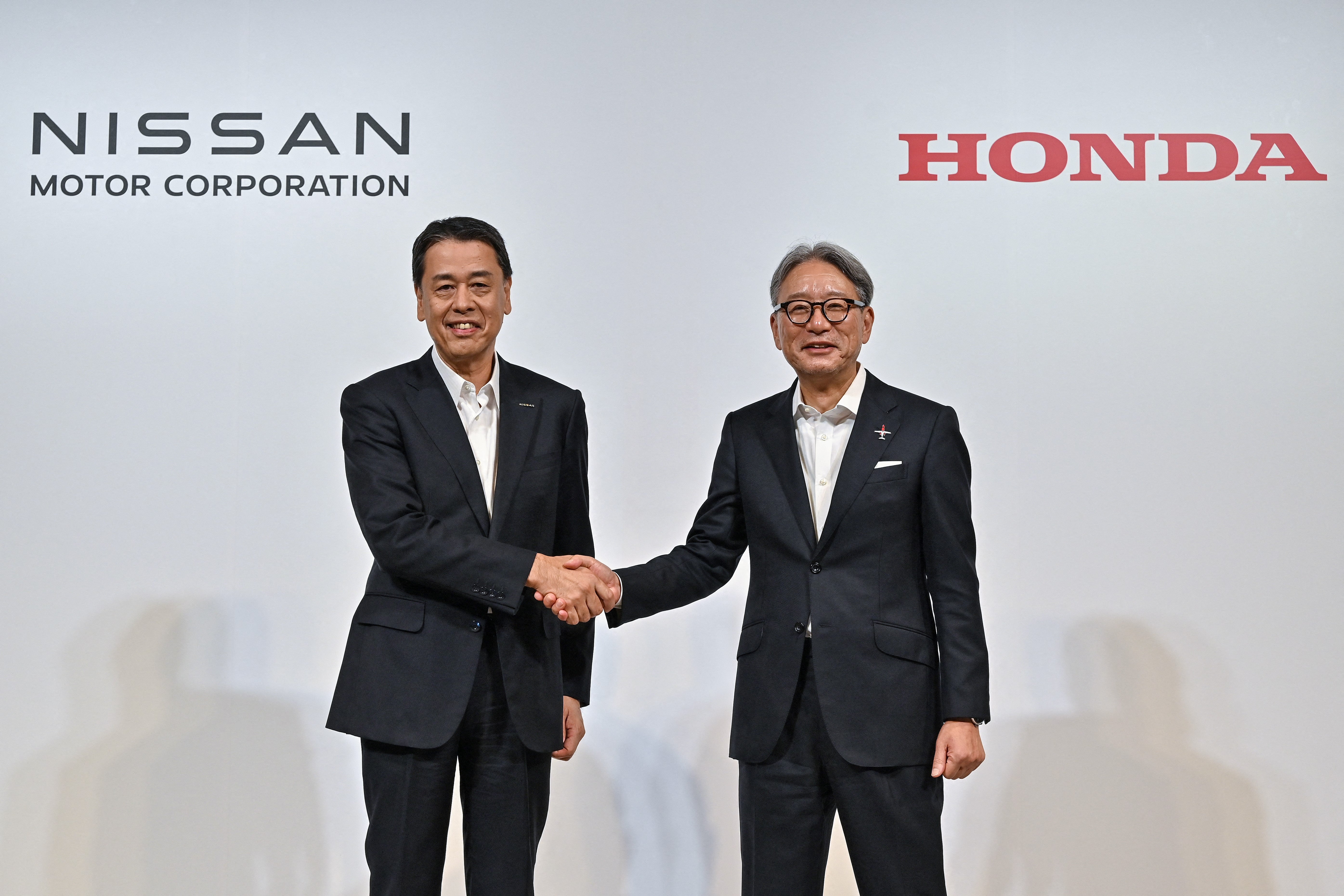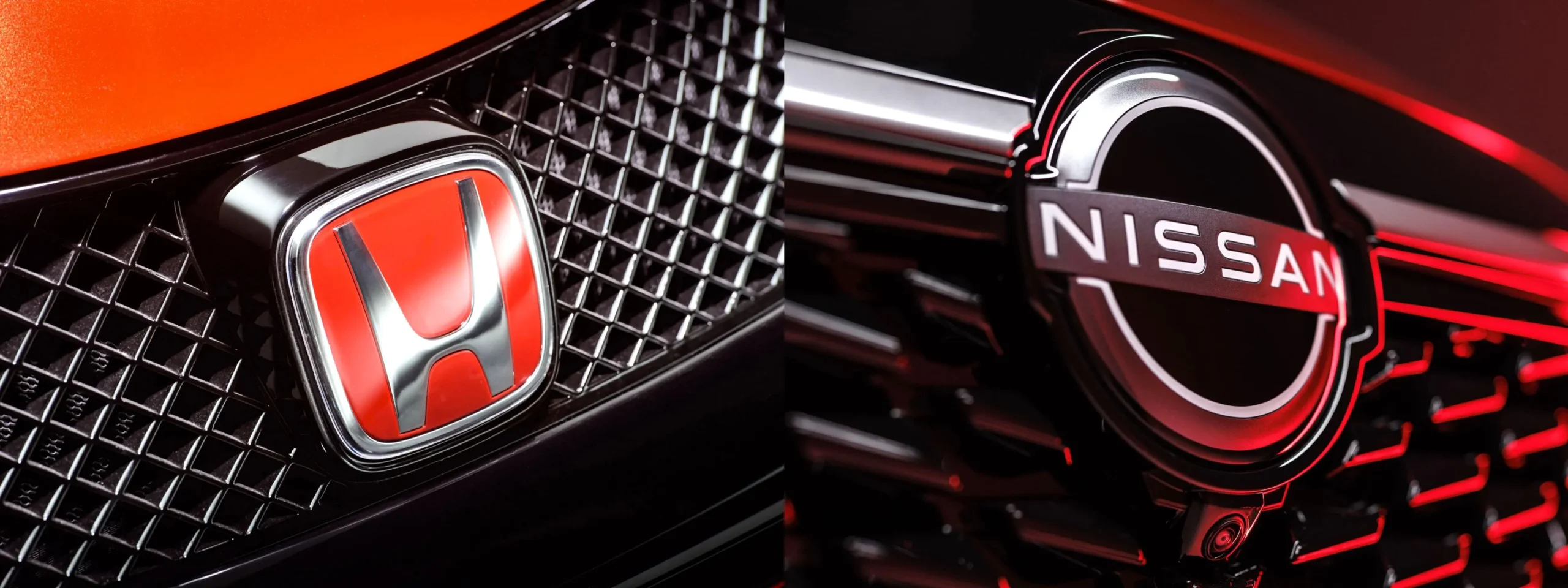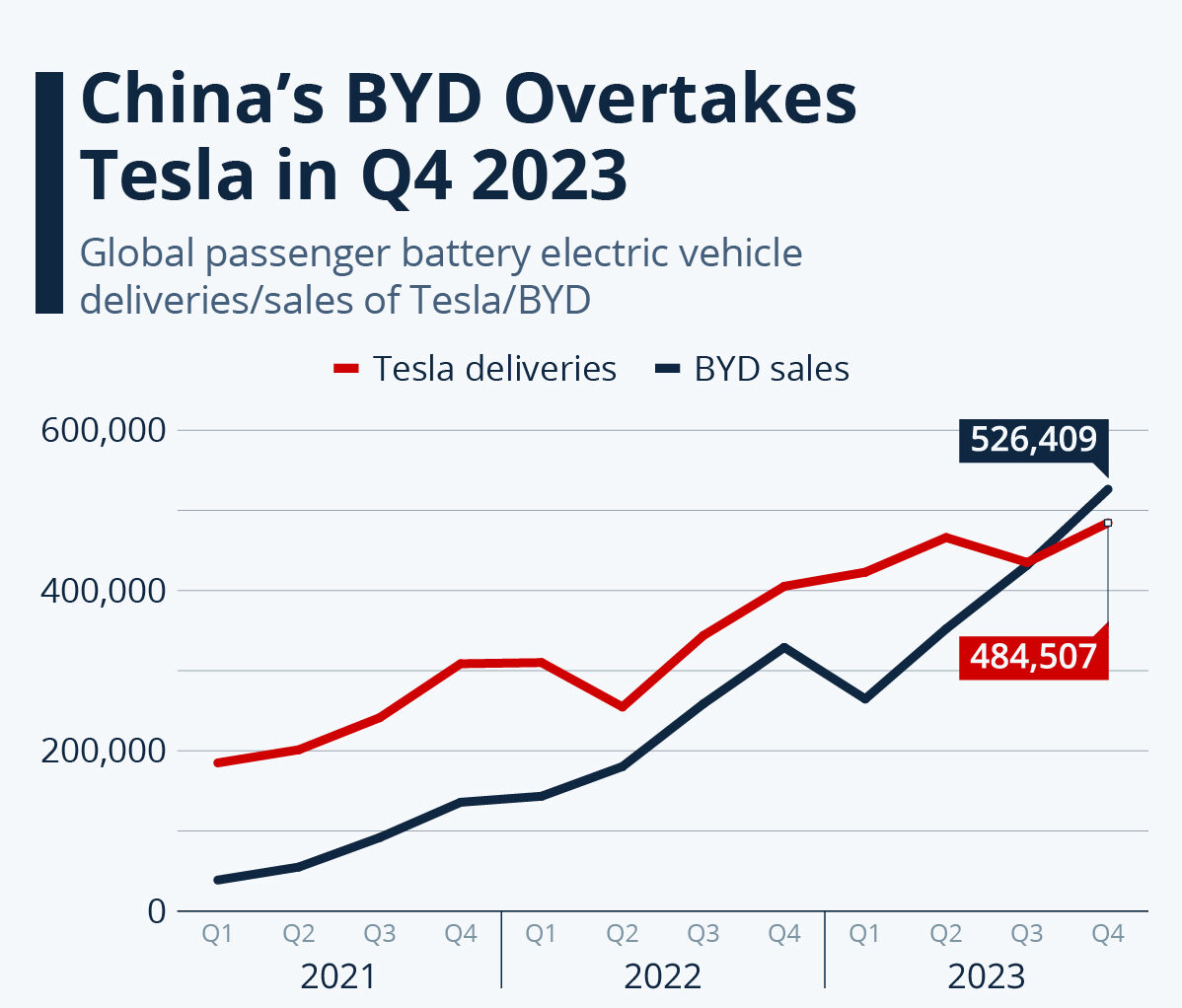
The global automotive industry is poised for one of its most significant transformations with the announcement of a potential merger between two Japanese giants: Honda and Nissan. This strategic alliance could create the world’s third-largest automotive group, behind Toyota and Volkswagen, marking a decisive turning point in a rapidly evolving sector.
This merger comes amid a profound transformation of the automotive industry, particularly with the accelerating transition toward electric vehicles. The two Japanese manufacturers seek to combine their strengths to address both current and future challenges in the global automotive market.
An Ambitious Project with Clear Outlines
Toshihiro Mibe, Honda’s president, has confirmed both groups’ intention to merge operations under a common holding company, which would be led by Honda. A crucial aspect of this merger is the preservation of individual brands, thus maintaining their distinct identities with consumers. The timeline is already established: an official agreement is expected by June, with an IPO scheduled for August 2026.
Strategic Motivations Behind the Merger
This alliance addresses several major strategic imperatives. First, economies of scale will create a more competitive entity against industry giants. The growing threat from Chinese manufacturers, particularly BYD in the electric vehicle segment, constitutes a second determining factor. Both manufacturers lag significantly behind Tesla and Hyundai in electric vehicles, a situation this merger aims to correct.
Resource pooling will also allow for substantial cost reduction through shared manufacturing platforms and R&D centers. For Nissan, facing financial difficulties and a complex relationship with Renault, this merger represents an opportunity for recovery. The complementarity between the two companies is evident: Nissan has a strong presence in Europe, while Honda excels in gasoline engines.

Portrait of Two Giants
Honda, founded in 1948, has established itself as the world’s largest motorcycle manufacturer and a major player in internal combustion engine production. With a market value of $44.87 billion and revenue of $141.3 billion, Honda demonstrates impressive financial strength.
Nissan, whose history dates back to 1914, experienced remarkable expansion in the 1970s, followed by financial difficulties in the late 1990s, leading to the partnership with Renault in 1999. Today, despite recent challenges requiring restructuring, Nissan maintains a significant presence with a market value of $11.79 billion.
The Competitive Landscape
Facing formidable competitors like Toyota, with its market value of $262.8 billion, Tesla with its impressive $1.23 trillion capitalization, and BYD valued at $103.44 billion, the Honda-Nissan merger appears as a necessary strategic response.
Perspectives and Challenges
This merger also raises questions, including those expressed by Carlos Ghosn about its relevance. However, in a market where electric transition is accelerating and Chinese competition intensifying, this alliance could represent a natural and necessary evolution to maintain Japanese manufacturers’ competitiveness on the global stage.
The success of this merger will depend on both companies’ ability to effectively integrate their operations while preserving their respective strengths. The ultimate goal remains clear: to create a more robust automotive group capable of competing with global leaders in developing future technologies, particularly in electric vehicles.
Looking at the broader competitive landscape, this merger represents a strategic response to the changing dynamics of the global automotive industry. With Tesla dominating the electric vehicle market and Chinese manufacturers like BYD rapidly gaining ground, traditional automakers must adapt or risk being left behind. The combined expertise of Honda in engineering and manufacturing efficiency, along with Nissan’s global market presence and electric vehicle experience, could create a formidable competitor in the evolving automotive landscape.
The merger also reflects the broader consolidation trend in the automotive industry, as manufacturers seek to share the enormous costs of developing new technologies and meeting increasingly stringent environmental regulations. By combining their resources, Honda and Nissan can better position themselves to compete in the crucial electric vehicle market while maintaining their competitive edge in traditional automotive segments.




